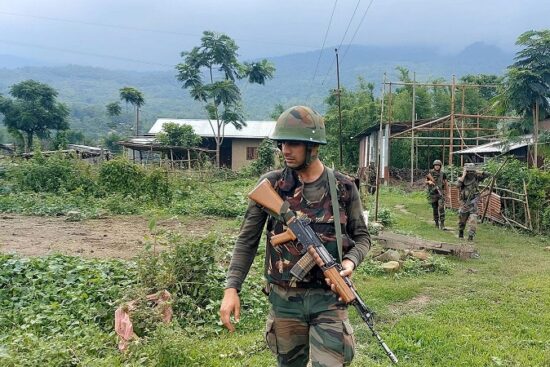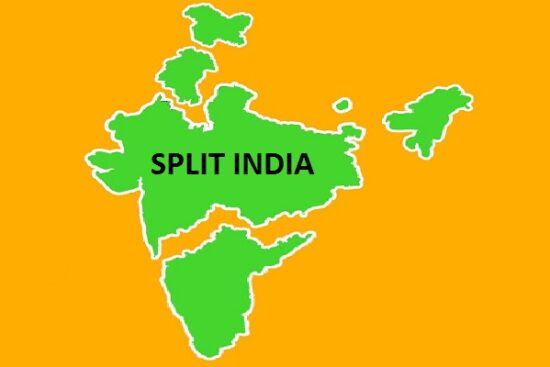
Lords of the Rose – An Afghan Saga by Brigadier (retd) Sultan Mahmud, or ‘Salty’ as he’s informally known among his peers, is a standout contribution to the extensive literature on Afghanistan. Far from being another detached analysis, this book provides a rare, firsthand perspective from someone deeply involved in the region’s pivotal events. Mahmud’s 18 years as the head of the Afghan desk and his role as Pakistan’s Defense Attaché in Kabul give him an unparalleled vantage point. His narrative is not just informed by historical events but by his direct experiences, such as the critical moment when he had to seal the Pakistan Embassy in Kabul post-9/11—a move that reflects the gravity and complexity of his role during one of the most volatile periods in modern history.
Published by the National Book Foundation in 2024, Lords of the Rose is meticulously organized into seven chapters, each offering an in-depth exploration of a different phase of Afghanistan’s history: “Political Overview,” “Genesis of the Afghan Jihad,” “Emergence of the Student Warriors,” “US Invasion and Taliban Revival,” “The Last Days and Afghanistan’s Future,” “Lessons on Afghanistan,” and “Back to the Past” (Epilogue). Each chapter unravels the complex web of political, social, and military developments that have shaped this war-torn nation, making it an essential read for anyone seeking a comprehensive understanding of the region.
Author begins with a historical overview that highlights the deep, often tumultuous ties between Afghanistan and Pakistan. Tracing the region’s civilization back to ancient times, he details the influence of empires like the Achaemenids and Kushans on Afghanistan’s cultural and political landscape. This isn’t just a history lesson; it’s a foundation for understanding the intricate relationship between the two nations—a relationship that continues to echo through contemporary geopolitics.
The second chapter delves into the genesis of the Afghan Jihad, marked by a tangled web of alliances, betrayals, and ideological shifts. The controversial Durand Line agreement of 1893—a colonial relic that still fuels disputes between Afghanistan and Pakistan—is examined in detail. He lays bare the tragic irony of former allies turning against each other, leading to the near-destruction of the nation they once fought to liberate. The chapter also navigates Pakistan’s role in the Jihad, a delicate hop of support that later spiraled into a double-edged sword. Writer’s tone, tinged with derision, reflects on how the Mujahideen, initially united against a common enemy, eventually descended into ethnic and sectarian violence, paving the way for the Taliban’s rise.
The third chapter chronicles the Taliban’s emergence from the ashes of post-Soviet Afghanistan’s rampant lawlessness and corruption. Triggered by a horrific incident involving the kidnapping and murder of young boys by a warlord’s men, Mullah Omar and his band of Talibs took decisive action. The Taliban’s meteoric rise, fueled by a desperate populace seeking order and justice, is laid bare. He doesn’t shy away from detailing their strict adherence to Sharia law or their rapid expansion across Afghanistan. This is a story of power filling a vacuum, a tale as much about the Taliban’s iron grip as it is about the leadership void that allowed them to flourish.
Mahmud then navigates the labyrinthine events following the U.S. invasion of Afghanistan in the fourth chapter. He explores the CIA’s early flirtations with the Northern Alliance, the assassination of Ahmad Shah Masoud just before 9/11, and the internal frictions within the Taliban, particularly regarding Al-Qaeda’s influence. The geopolitical chess game involving Pakistan, India, Russia, and China is also laid bare. His analysis of the Taliban’s resurgence, strategically negotiating a potential U.S. withdrawal while adhering to their hardline stance on Sharia, is both insightful and unsettling. It’s a stark reminder that in Afghanistan, the more things change, the more they stay the same.
In the fifth chapter, author narrative becomes particularly biting as he dissects the U.S. withdrawal from Afghanistan—a process marked by failures and a baffling sense of false optimism. The complex negotiations in Doha, internal U.S. power struggles, and strained U.S.-India relations are scrutinized with a critical eye. He highlights the strategic interests of China, Russia, and Iran, the Taliban’s diplomatic outreach, and the monumental challenges of achieving lasting peace in Afghanistan. He underscores the ongoing regional dynamics and the potential for future conflicts, leaving readers with a sobering sense of Afghanistan’s uncertain future.
The sixth chapter is where Mahmud reflects on the lessons learned—or more accurately, the lessons repeatedly ignored—from Afghanistan’s tumultuous history. He touches on the cyclical nature of conflict in the region, the enduring power of ethnicity and tribalism over religion, and the resilience of warlords and drug barons. Author doesn’t hold back in arguing that Afghanistan has never had a truly popular leader and that Western attempts at nation-building have consistently failed. His tone here is almost resigned, as he emphasizes that Afghan patriotism is often stronger outside the country and warns against the perils of foreign interference. Afghanistan, he asserts, values its independence and cultural identity far more than any external influence or wealth.
The final chapter captures the rapid collapse of the U.S.-backed Afghan government and the Taliban’s swift return to power. His tone is both reflective and laced with skepticism, pointing out the sheer inevitability of the Taliban’s victory and the utter failure of the U.S.-trained Afghan military and political leadership. He explores the Taliban’s diplomatic maneuvers with neighboring countries and the monumental challenges they now face in governance. He ends with a cautionary note: the Taliban’s rigid rule, much like the regimes before them, may ultimately lead to their downfall. Afghanistan, after all, has a long history of resisting external domination and rigid authority.
One of the most striking features of Mahmud’s account is its rich detail and personal perspective. Having met nearly all the significant Afghan figures of the time, he offers insights into their demeanors and thoughts that few others could provide. The inclusion of previously unseen photos and letters adds authenticity and depth to the narrative, making it an invaluable resource for those seeking to understand Afghanistan’s complex history.
His ability to capture the essence of the Afghan psyche is another remarkable aspect of the book. He delves into the survival instincts of ordinary Afghans, their resilience in the face of relentless conflict, and their unyielding hope for peace. Through verses and sayings from Pakistan’s national poet Allama Iqbal, he illustrates the emotional and philosophical underpinnings of Afghan society, adding a poignant layer to the historical account.
But what truly sets Lords of the Rose – An Afghan Saga apart is its refusal to adhere to the beaten path of popular narratives. Mahmud doesn’t just recount events; he critiques the international community’s often misguided perceptions of Afghanistan and Pakistan. He offers a nuanced, balanced perspective, committed to telling the truth rather than pandering to popular opinion. In doing so, Mahmud challenges readers to look beyond the surface and confront the complexities that have long defined Afghanistan.
In the end, Lords of the Rose – An Afghan Saga leaves us with a sense of profound reflection and cautious hope. The story of Afghanistan is still being written, and perhaps, as the “Lords” of today and tomorrow navigate a future shadowed by sorrow, there lies a chance for this “Rose” to bloom anew. It is a must-read for anyone seeking to understand the complexities of this enduring saga.



















Comments (1)
Cont Binancesays:
November 16, 2024 at 2:34 amYour article helped me a lot, is there any more related content? Thanks!